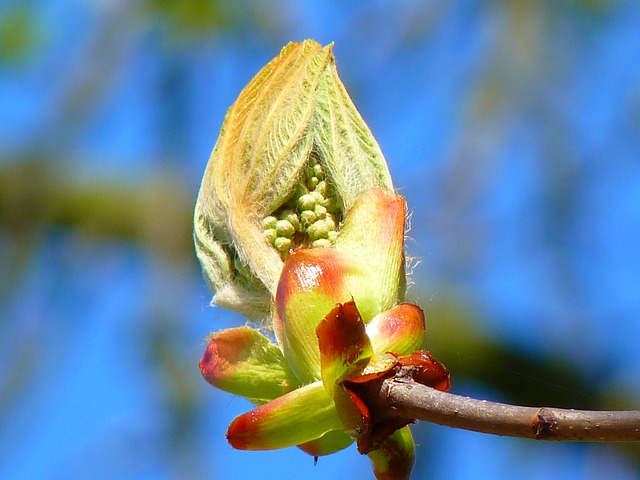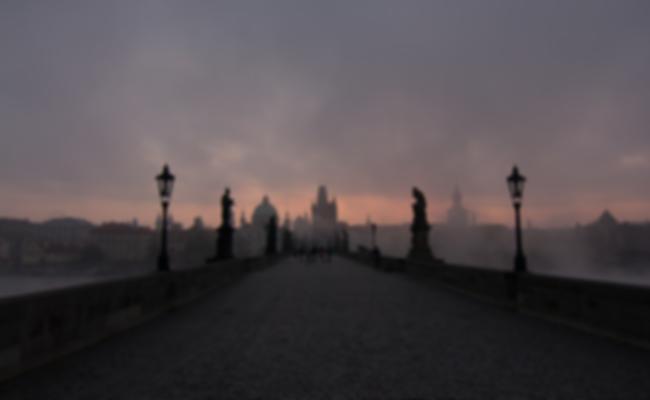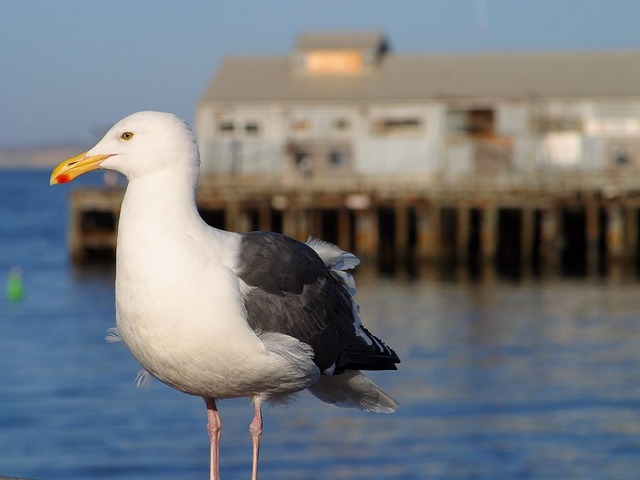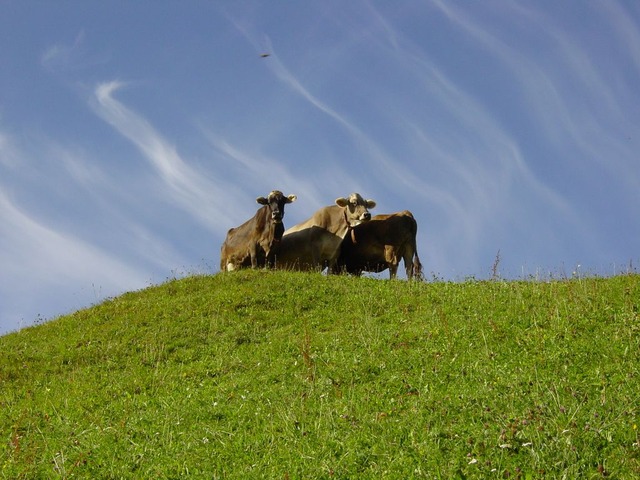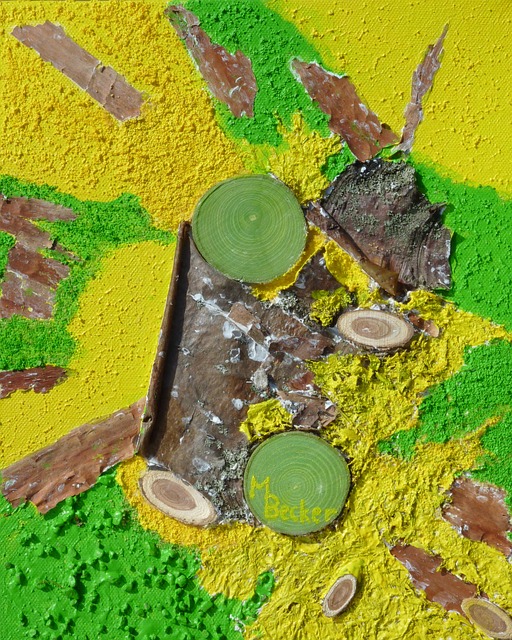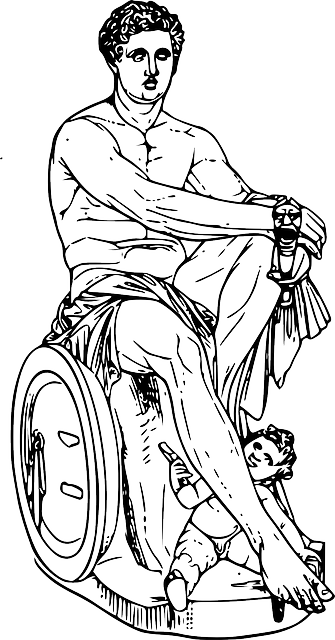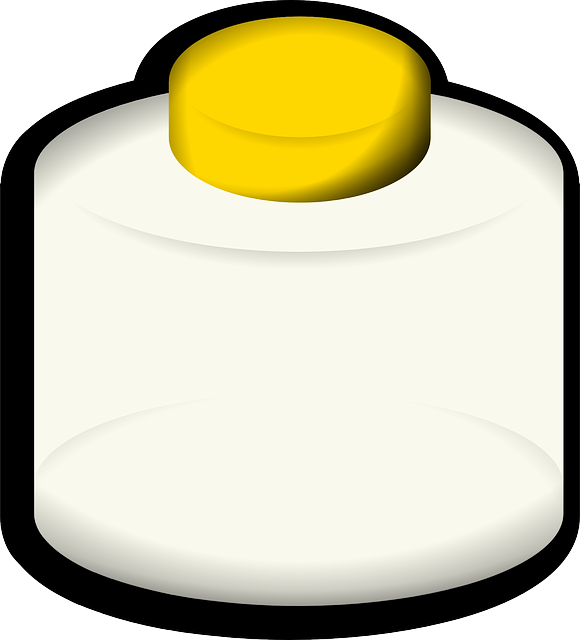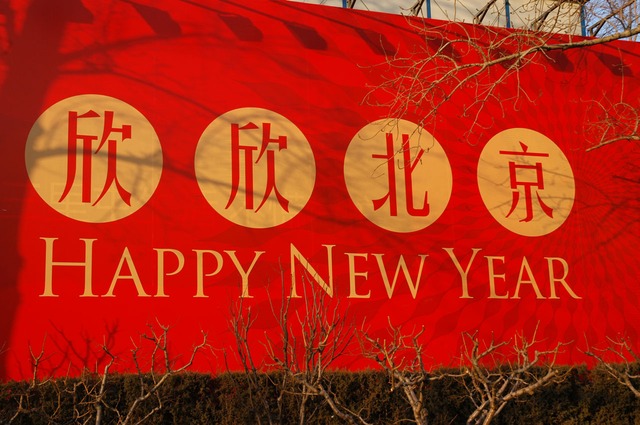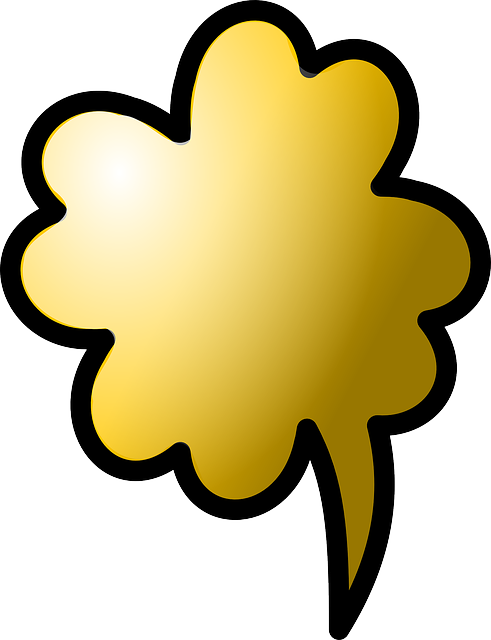حركة الثقافة الجديدة
| حركة الثقافة الجديدة | |||||||||||
|---|---|---|---|---|---|---|---|---|---|---|---|
| صينية تقليدية | 新文化運動 | ||||||||||
| صينية مبسطة | 新文化运动 | ||||||||||
| |||||||||||
|
| |||||||
|---|---|---|---|---|---|---|---|
| القديم | |||||||
| السادة الثلاثة والأباطرة الخمسة | |||||||
| أسرة شيا 2070–1600 ق.م. | |||||||
| أسرة شانگ 1600–1046 ق.م. | |||||||
| أسرة ژو 1122–256 ق.م. | |||||||
| ژوالغربية | |||||||
| ژوالشرقية | |||||||
| فترة الربيع والخريف | |||||||
| فترة الممالك المتحاربة | |||||||
| الامبراطوري | |||||||
| أسرة تشين 221 ق.م.–206 ق.م. | |||||||
| أسرة هان 206 ق.م.–220 م | |||||||
| هان الغربية | |||||||
| أسرة شين | |||||||
| هان الشرقية | |||||||
| الممالك الثلاث 220–280 | |||||||
| وِيْ, شوووو | |||||||
| أسرة جين 265–420 | |||||||
| جين الغربية | |||||||
| جين الشرقية |
16 مملكة 304–439 |
||||||
| الأسر الجنوبية والشمالية 420–589 | |||||||
| أسرة سوي 581–619 | |||||||
| أسرة تانگ 618–907 | |||||||
|
عشرة ممالك 907–960 |
أسرة لياو 907–1125 |
||||||
|
أسرة سونگ 960–1279 |
|||||||
| سونگ الشمالية | شيا غ. | ||||||
| سونگ الجنوبية | أسرة جين | ||||||
| أسرة يوان 1271–1368 | |||||||
| أسرة مينگ 1368–1644 | |||||||
| أسرة تشينگ 1644–1911 | |||||||
| المعاصر | |||||||
| تاريخ جمهورية الصين 1912–1949 | |||||||
| الصين الشعبية 1949–للحاضر |
جمهورية الصين |
||||||
|
منطقات ذات صلة
| |||||||
حركة الثقافة الجديدة New Culture Movement من وسط ع1910 إلى ع1920 sprang from the disillusionment with traditional Chinese culture following the failure of the Chinese Republic – founded in 1912 – to address China's problems. Scholars such as Chen Duxiu, Cai Yuanpei, Chen Hengzhe, Li Dazhao, Lu Xun, Zhou Zuoren, He Dong, Qian Xuantong, Liu Bannong, Bing Xin, and Hu Shih, had classical educations but began to lead a revolt against Confucianism. They called for the creation of a new Chinese culture based on global and western standards, especially democracy and science. Younger followers took up their call for:
- Vernacular literature
- An end to the patriarchal family in favor of individual freedom and women's liberation
- The view that China is a nation among nations, not a uniquely Confucian culture
- The re-examination of Confucian texts and ancient classics using modern textual and critical methods, known as the Doubting Antiquity School
- Democratic and egalitarian values
- An orientation to the future rather than the past
On أربعة May 1919, students in Beijing protested the Paris Peace Conference giving German rights over the Jiaozhou Bay concession to Imperial Japan, turning this cultural movement into a political one in what became known as the May Fourth Movement.
التاريخ
Two major centers of literature and intellectual activity were Beijing, home to Peking University and Tsinghua University, and Shanghai, with its flourishing publishing sector. The founders of the New Culture Movement clustered in Peking University, where they were recruited by Cai Yuanpei when he became chancellor. Chen Duxiu as dean, and Li Dazhao as librarian in turn recruited leading figures such as the philosopher Hu Shih, the scholar of Buddhism Liang Shuming, the historian Gu Jiegang, and many more. Chen founded the journal New Youth in 1915, which became the most prominent of hundreds of new publications for the new middle-class public.
Yuan Shikai, who inherited part of the Qing dynasty military after it collapsed in 1911, attempted to establish order and unity, but he failed to protect China against Japan, and also failed in an attempt to have himself declared emperor. When he died in 1916, the collapse of the traditional order seemed complete, and there was an intensified search for a replacement to go deeper than the changes of the previous generations, which brought new institutions and new political forms. Daring leaders called for a new culture.
A substantial literary establishment, publishing houses, journals, literary societies, and universities, provided a foundation for an active literary, and intellectual scene over the course of the following decades. The New Youth journal, which was a leading forum for debating the causes of China's weakness, laid the blame on Confucian culture. Chen Duxiu called for "Mr. Confucius" to be replaced by "Mr. Science" (الصينية التقليدية: 賽先生; الصينية المبسطة: 赛先生; پنين: sài xiānsheng) and "Mr. Democracy" (بالصينية: 德先生; پنين: dé xiānsheng). Another outcome was the promotion of written vernacular Chinese (白话文) over literary or classical Chinese. Hu Shih proclaimed that "a dead language cannot produce a living literature." In theory, the new format allowed people with little education to read texts, articles and books.
He charged that literary, or Classical Chinese, which had been the written language prior to the movement, was understood by only scholars and officials (ironically, the new vernacular included many foreign words and Japanese neologisms (Wasei-kango), which made it difficult for many to read). Scholars, such as Y.R. Chao (Zhao Yuanren), began the study of the Chinese language and dialects using tools of western linguistics. Hu Shih was among the scholars who used the textual study of Dream of the Red Chamber and other vernacular fiction as the basis for the national language. Literary societies such as the Crescent Moon Society flourished.
The literary output of this time was huge, with many writers who later became famous (such as Mao Dun, Lao She, Lu Xun and Bing Xin) publishing their first works. For example, Lu Xun's essays and short fiction created a sensation with their condemnation of Confucian culture. Diary of a Madman directly implied that China's traditional culture was cannibalistic, and The True Story of Ah Q showed the typical Chinese as weak and self-deceiving. Along with this musicians such as Yin Zizhong joined the movement through music.
New Culture leaders and their followers now saw China as a nation among nations, not as culturally unique. A large number of Western doctrines became fashionable, particularly those that reinforced the cultural criticism and nation-building impulses of the movement. Social Darwinism, which had been influential since the late nineteenth century, was especially shaping for Lu Xun, among many others. and was supplemented by almost every "ism" of the world. Cai Yuanpei, Li Shizeng, and Wu Zhihui developed a Chinese variety of anarchism. They argued that Chinese society had to undergo radical social change before political change would be meaningful. The pragmatism of John Dewey became popular, often through the work of Hu Shih, Chiang Monlin, and Tao Xingzhi.
Dewey arrived in China in 1919, and spent the following year lecturing. Bertrand Russell also lectured widely to warm crowds. Lu Xun was associated with the ideas of Nietzsche, which were also propagated by Li Shicen, Mao Dun, and many other intellectuals of the time.
New Culture leaders, often under the influence of the anarchist program, promoted feminism, even free love, as an attack on the traditional family, changing the terms in which the following generations conceived society. More specifically, the movement replaced sexuality over the traditional Chinese idea of kinship positionality. The substitution is a staple of the emerging individualistic theories that occurred during the era. Among the feminist writers was Ding Ling.
انظر أيضاً
- New Life Movement (1934)
- Chinese Cultural Renaissance
الهامش
- ^ Jonathan Spence, The Search for Modern China, W.W.Norton, 1999, pp. 290-313.
- ^ Nishi, Masayuki. "March 1 and May 4, 1919 in Korea, China and Japan: Toward an international History of East Asian Independence Movements". The Asia Pacific Journal: Japan Focus. Retrieved 2010-07-14.
- ^ Joseph T. Chen, The May Fourth Movement in Shanghai; the Making of a Social Movement in Modern China (Leiden,: Brill, 1971)
- ^ Furth, Charlotte (1983). "Intellectual change: from the Reform movement to the May Fourth movement, 1895-1920". In John K. Fairbank (ed.). Republican China 1912-1949, Part 1. The Cambridge History of China. Cambridge: Cambridge University Press. pp. 322–405. ISBN .
- ^ Patrick Fuliang Shan, Yuan Shikai: A Reappraisal (The University of British Columbia Press, 2018, ISBN 978-0-7748-3778-1).
- ^ Schwartz, Benjamin I (1983). "Themes in Intellectual History: May Fourth and After". In John K. Fairbank (ed.). Republican China 1912-1949, Part 1. The Cambridge History of China. Cambridge: Cambridge University Press. pp. 406–451. ISBN .
- ^ Chow, May Fourth Movement, pp. 277, 46, 59
- ^ Leo Ou-fan Lee, Voices from the Iron House: A Study of Lu Xun (Bloomington: Indiana University Press, 1987), pp 53-77; 76-78.
- ^ Erez Manela, The Wilsonian Moment: Self-Determination and the International Origins of Anticolonial Nationalism (Oxford; New York: Oxford University Press, 2007), Chخمسة "China's Place Among Nations"
- ^ James Reeve Pusey, China and Charles Darwin (Cambridge, Massachusetts: Council on East Asian Studies Distributed by Harvard University Press, 1983).
- ^ Dirlik (1991).
- ^ Lee, Haiyan. "Tears that Crumbled the Great Wall: The Archaeology of Feeling in the May Fourth Movement Folklore Movement" (PDF). Journal of Asian Studies. Retrieved 2008-11-15.
المراجع
- Guy Alitto, The Last Confucian: Liang Shu-Ming and the Chinese Dilemma of Modernity (Berkeley: University of California Press, 1979). Biography of a conservative New Culture figure.
- Kai-wing Chow, Beyond the May Fourth Paradigm: In Search of Chinese Modernity (Lanham: Lexington Books/Rowman & Littlefied, 2008). Essays on new aspects of the movement, including an Introduction which reviews recent re-thinking.
- Chow Tse-tsung, The May Fourth Movement. Cambridge MA: Harvard University Press, 1960. Standard comprehensive survey and analysis.
- Dirlik, Arif (1991). Anarchism in the Chinese Revolution. Berkeley: University of California Press. ISBN . Revisionist study showing the influence of anarchist programs.
- Doleželová-Velingerová, Milena, Oldřich Král, and Graham Martin Sanders, eds. The Appropriation of Cultural Capital: China’s May Fourth Project. Cambridge, Massachusetts: Harvard University Asia Center, 2001. Revisionist study.
- Jerome B. Grieder, Hu Shih and the Chinese Renaissance; Liberalism in the Chinese Revolution, 1917-1937 (Cambridge,: Harvard University Press, 1970). Careful study of central figure.
- Hayford, Charles W., To the People: James Yen and Village China. New York: Columbia University Press, 1990. Early chapters describe the role of popular education in the New Culture.
- Lanza, Fabio, Behind the Gate: Inventing Students in Beijing. New York: Columbia University Press, 2010. ISBN 978-0-231-15238-9. Study of student culture and institutions during the New Culture period.
- Leo Ou-fan Lee, Voices from the Iron House : A Study of Lu Xun (Bloomington: Indiana University Press, 1987). Biography and literary analysis.
- Yusheng Lin, The Crisis of Chinese Consciousness: Radical Antitraditionalism in the May Fourth Era (Madison: University of Wisconsin Press, 1979). Early critique of the New Culture Movement as "iconoclastic."
- Manela, Erez. The Wilsonian Moment: Self-Determination and the International Origins of Anticolonial Nationalism. Oxford and New York: Oxford University Press, 2007. Describes the global influences on Chinese youth.
- Maurice J. Meisner, Li Ta-Chao and the Origins of Chinese Marxism (Cambridge,: Harvard University Press, 1967). Intellectual biography of key leader and co-founder of Chinese Communist Party.
- Rana Mitter, A Bitter Revolution: China's Struggle with the Modern World (Oxford; New York: Oxford University Press, 2004). Traces the fate of New Culture ideals through the rest of the century.
- Schwarcz, Vera. The Chinese Enlightenment: Intellectuals and the Legacy of the May Fourth Movement of 1919. Berkeley: University of California Press, 1986. Argues that May Fourth ideals were betrayed.
- Schwartz, Benjamin. "Themes in Intellectual History: May Fourth and After." In Cambridge History of China, Vol. 12, pt. 1: Republican China, 1912–1949, 406–504. Cambridge, U.K.: Cambridge University Press, 1983. Overview of intellectual and cultural history.
- Patrick Fuliang Shan,Yuan Shikai: A Reappraisal, UBC Press, 2018.
- Spence, Jonathan D. The Gate of Heavenly Peace: The Chinese and Their Revolution, 1895-1980. Includes many New Culture leaders and their experience of revolution.
- Zarrow, Peter. Anarchism and Chinese Political Culture (New York: Columbia University Press, 1990).
وصلات خارجية
- "The May Fourth Spirit, Now and Then" China Heritage Quarterly, 17 (March 2009) [1] A selection of opinions and views on the May Fourth and New Culture Movements from the 1920s to the present.
نطقب:New Culture Movement


